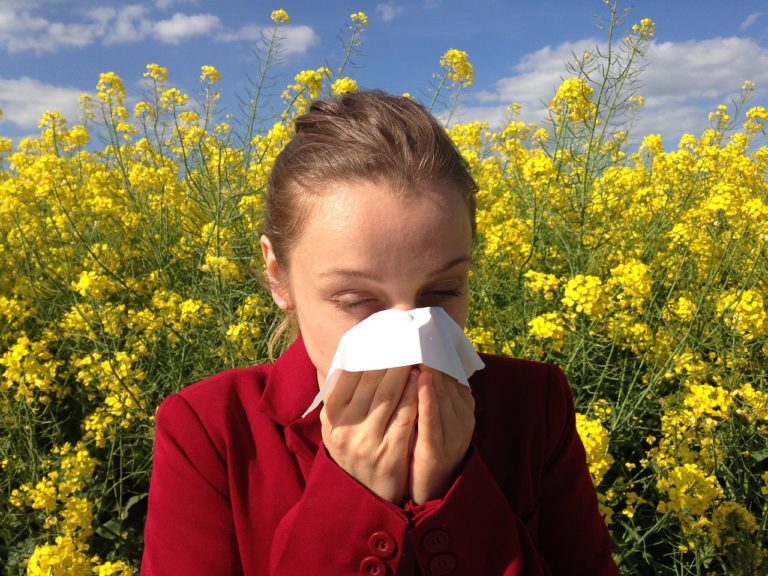Book Appointment Now

Pressure Ulcers Evidence-Based Management
Pressure Ulcers (PUs), also known as bedsores or decubitus ulcers, are localized injuries to the skin and underlying tissues caused by prolonged pressure or friction. These wounds typically develop in immobile patients, particularly in bony areas such as the sacrum, heels, or hips. Pressure ulcers are not only painful but can also lead to severe complications like infections and sepsis, resulting in increased morbidity and mortality. Evidence-Based Management of Pressure Ulcers emphasizes effective nursing interventions that prioritize prevention, early detection, and comprehensive care to promote healing and improve patient outcomes. This paper explores the principles of evidence-based management, the multidimensional impact of pressure ulcers, and nursing strategies that can combat this critical healthcare issue.
Get a custom paper help about EBP interventions to Pressure Ulcers (PUs)/bedsores/decubitus ulcers
Order Custom Nursing Paper
Theoretical Framework of Reference
The management of pressure ulcers is guided by frameworks that emphasize proactive care and prevention. The Braden Scale for Predicting Pressure Sore Risk is a widely used tool in nursing practice. It assesses patients’ risk levels based on factors like sensory perception, moisture, activity, mobility, nutrition, and friction/shear (Bergstrom et al., 1987). This evidence-based framework enables nurses to identify at-risk patients and implement preventive measures early.
The Skin Integrity Model focuses on maintaining healthy skin by addressing external and internal factors affecting skin health. It highlights interventions such as repositioning, proper nutrition, and moisture management to reduce the likelihood of ulcer formation (Amlung et al., 2001).
The Chronic Wound Care Framework provides a structured approach to managing existing pressure ulcers, including wound assessment, debridement, infection control, and the use of advanced dressings. By combining these frameworks, nurses can effectively prevent and manage pressure ulcers, ensuring optimal patient care.
Dimensions of Pressure Ulcers and Their Management
Pressure ulcers affect patients physically, emotionally, and socially, necessitating a holistic approach to care.
Physical Impact: Pressure ulcers cause significant discomfort and pain, often impairing patients’ mobility and daily functioning. If left untreated, these wounds can lead to infections, cellulitis, or osteomyelitis, further complicating treatment. Effective evidence-based interventions, such as the use of pressure-relieving mattresses and advanced wound care dressings, can alleviate physical symptoms and promote healing.
Emotional Impact: Patients with pressure ulcers often experience feelings of frustration, anxiety, and depression due to the chronic nature of the wounds and their impact on quality of life. These emotional challenges are compounded by the stigma associated with wound care, particularly in long-term care settings. Providing emotional support and involving patients in care decisions can improve psychological outcomes.
Social Impact: Pressure ulcers can limit patients’ ability to participate in social activities, contributing to isolation and reduced self-esteem. In caregivers, the burden of managing these wounds can strain relationships and lead to burnout. Addressing the social aspects of care, such as offering caregiver education and support groups, ensures a more comprehensive management approach.
Evidence-Based Nursing Interventions for Pressure Ulcers
Effective nursing interventions are crucial for preventing and managing pressure ulcers. Evidence-based strategies include preventive care, wound management, and patient education.
Preventive Measures
Prevention is the cornerstone of pressure ulcer management. Regular repositioning of patients is one of the most effective methods to relieve pressure and prevent ulcer formation. Guidelines recommend repositioning every two hours for bed-bound patients and using specialized cushions or mattresses for pressure redistribution (EPUAP/NPIAP/PPPIA, 2019).
Nutrition Support
Adequate nutrition plays a vital role in maintaining skin integrity and promoting wound healing. Evidence suggests that high-protein diets and supplements rich in vitamins C and E, along with zinc, can accelerate the healing process (Langer et al., 2020). Nurses should collaborate with dietitians to develop tailored nutrition plans for at-risk patients.
Advanced Wound Care Techniques
For existing pressure ulcers, advanced wound care techniques are essential. These include the use of dressings such as hydrocolloids, foam, or alginate to maintain a moist wound environment conducive to healing. Negative pressure wound therapy (NPWT) has shown significant success in treating severe pressure ulcers by promoting blood flow and reducing wound size (Argenta & Morykwas, 1997).
Infection Control
Infection prevention is critical in pressure ulcer management. Evidence-based practices include regular wound cleaning with saline or antiseptic solutions and the judicious use of antibiotics to address infected wounds. Nurses must monitor for signs of infection, such as increased redness, swelling, or purulent discharge, to ensure timely intervention.
Patient and Caregiver Education
Education is a key component of pressure ulcer management. Teaching patients and caregivers about skin inspection, hygiene practices, and early warning signs of ulcers empowers them to take an active role in care. Nurses should provide clear instructions on repositioning techniques and the proper use of pressure-relieving devices.
Challenges in Pressure Ulcer Management
Despite advances in evidence-based interventions, pressure ulcer management faces several challenges.
Resource Limitations: Many healthcare facilities, particularly in low-resource settings, lack access to advanced wound care technologies or sufficient staff to implement preventive measures. Addressing these limitations requires strategic investments in equipment and workforce training.
Adherence Issues: Patients and caregivers may struggle to adhere to repositioning schedules, nutritional plans, or wound care protocols due to lack of knowledge or support. Providing consistent education and follow-up can improve adherence and outcomes.
Systemic Barriers: Fragmented healthcare systems and inadequate communication between care teams can hinder the timely implementation of evidence-based practices. Streamlining care coordination and ensuring access to multidisciplinary teams can address these systemic issues.
Conclusion
Pressure Ulcers Evidence-Based Management highlights the importance of comprehensive nursing interventions in preventing and treating these debilitating wounds. By leveraging frameworks such as the Braden Scale and Chronic Wound Care Framework, nurses can identify at-risk patients, implement preventive measures, and provide advanced wound care. Addressing the physical, emotional, and social dimensions of pressure ulcers ensures a patient-centered approach to care. Despite challenges like resource limitations and adherence issues, evidence-based strategies such as repositioning, nutrition support, and patient education offer effective solutions. As healthcare continues to advance, prioritizing evidence-based management of pressure ulcers will significantly enhance patient outcomes and overall quality of care.
Also read:
- Assignment:Incidence of Heel Pressure Ulcers
- Incidence of Pressure Ulcers Discussion
- Incidence of Heel Pressure Ulcers Assignment
References
- Amlung, S. R., et al. (2001). National Pressure Ulcer Prevalence Survey. Advances in Skin & Wound Care, 14(6), 297-301.
- Argenta, L. C., & Morykwas, M. J. (1997). Vacuum-assisted closure: A new method for wound control and treatment. Annals of Plastic Surgery, 38(6), 563-577.
- Bergstrom, N., et al. (1987). The Braden Scale for predicting pressure sore risk. Nursing Research, 36(4), 205-210.
- EPUAP/NPIAP/PPPIA. (2019). Prevention and treatment of pressure ulcers/injuries: Clinical practice guideline. Retrieved from www.epuap.org.
- Langer, G., et al. (2020). Nutritional interventions for preventing and treating pressure ulcers. Cochrane Database of Systematic Reviews, 6, CD011620.







